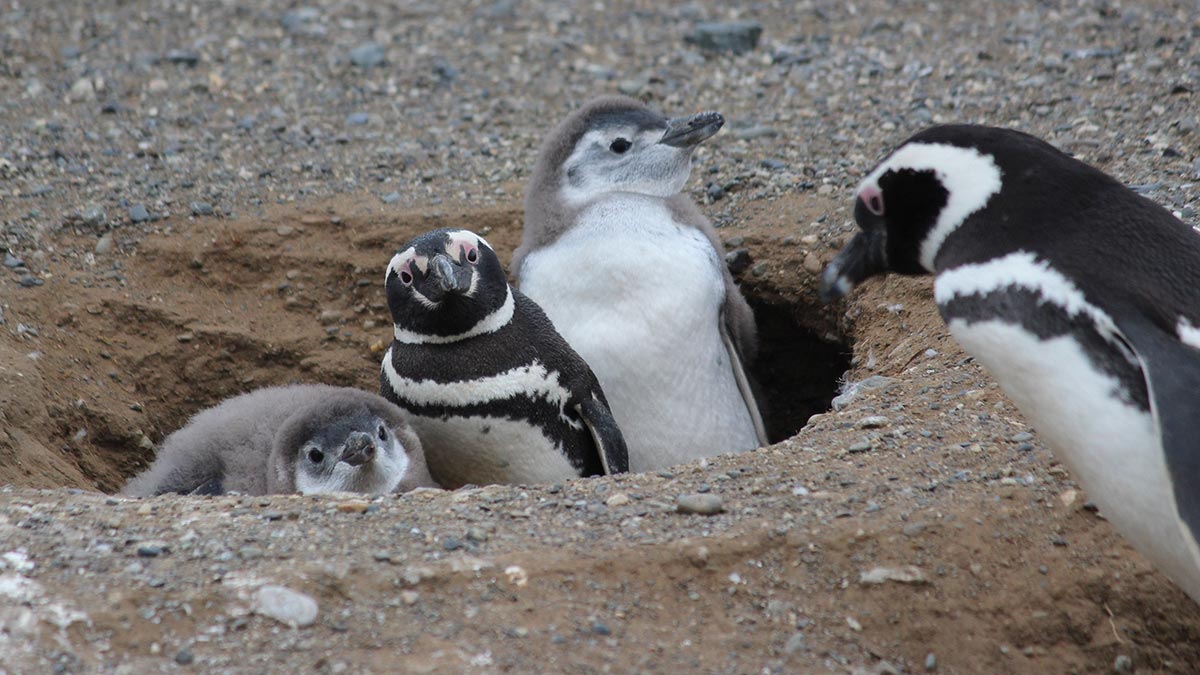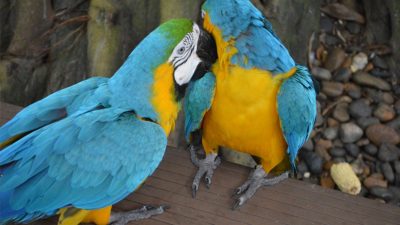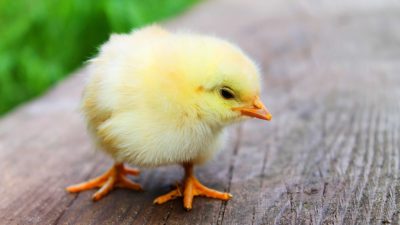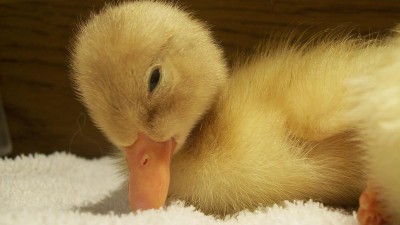
Penguin parents takes turns leaving to hunt and caring for eggs. Most penguins lay two eggs at a time to increase chances of survival.
The majority of penguins lay two eggs to increase the probability of survival. These eggs can differ in size, shape and color depending on the species. While the mother penguin is out hunting, the male penguin incubates the eggs to keep them warm by holding them on top of their feet beneath a warm fold of skin as the females go hunting for food. When the female returns, they exchange roles and the male goes hunting. This process continues for anywhere from a month or two to hatch. When the exciting hatching process begins the chick will chip away from the shell until they can break out!
Newly hatched baby penguins have fluffy feathers that keep them warm. Although they have their own feathers, they still rely on Mom and Dad to keep them warm until their adult set of feathers grow in. During their tender age, chicks are covered with fine down feathers. Since these feathers are not waterproof, the chicks must stay out of water.
Both the Mom and Dad penguin take their turns feeding the baby penguin with regurgitated food. Chicks need constant feeding in order to stay healthy and happy! When feeding the chicks one penguin parent stays with the chick as the other forages for food. Chicks are dependent on their parents for anywhere from 7 weeks to 13 months!
As penguins get older the chicks grow a thick and downy protective coat of feathers. These feathers will keep them warm and dry independent of their parents. As they grow, they can’t fit under their parents for shelter! The chicks are still small and vulnerable to predators so it’s important for them to stay near their parents and nest site. When the baby penguin gets large enough, it comes with the parents to hunt. Soon enough it’ll be on its own!


